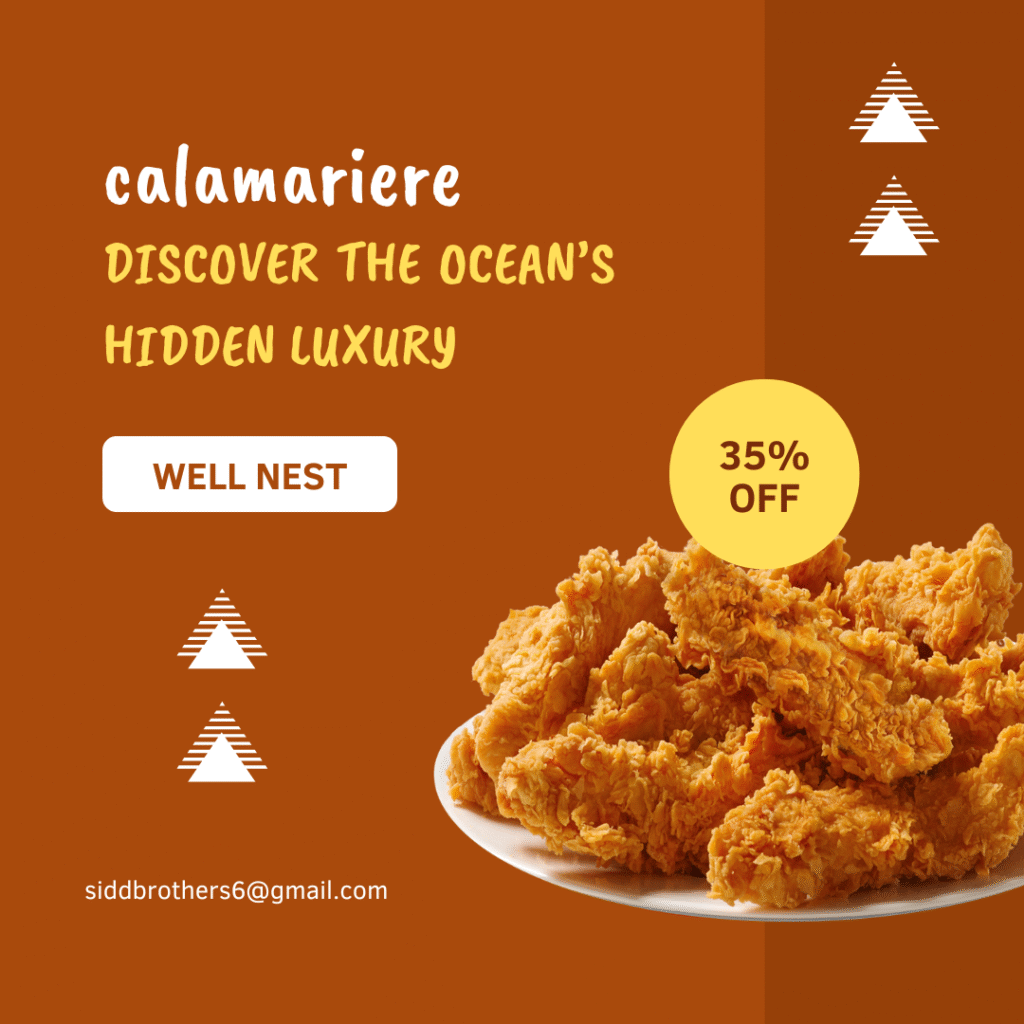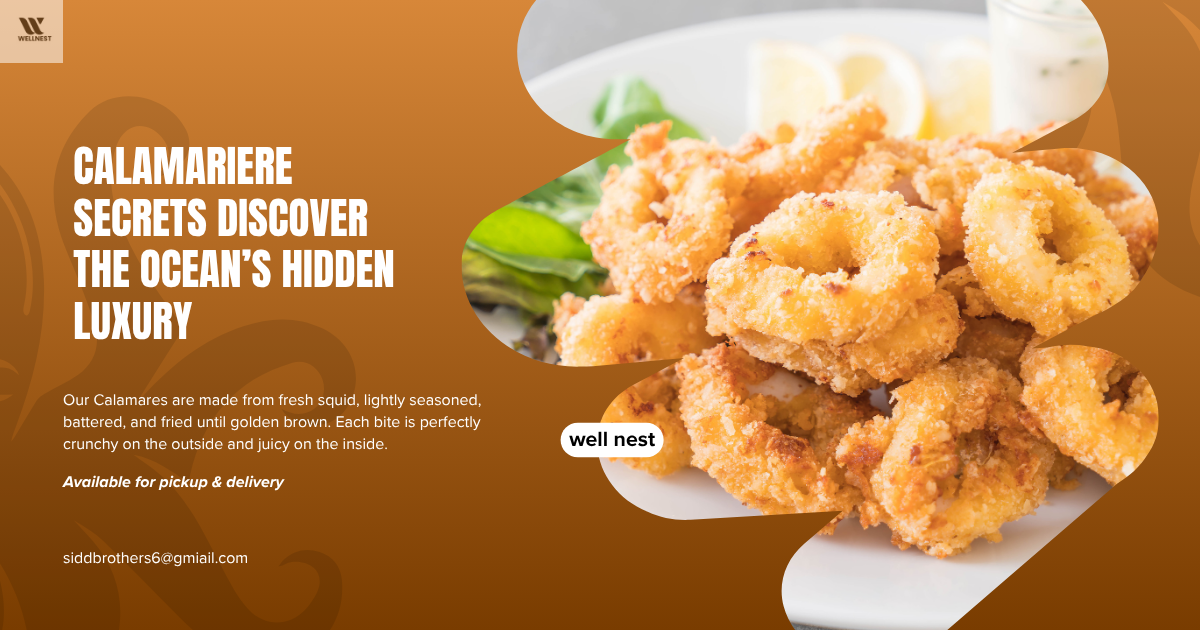Pseudorabdion: Not to Be Mistaken for Calamariere.
This term refers to a certain genus of smaller snakes that burrow around in Southeast Asia. In other words, it definitely cannot make it onto your plate.
However, one might find it interesting to note that it is rather easy to mistakenly take the names of various animals, in this case, snakes, and consider pseudorabdion to be the same fish and seafood variety of calamariere.
I decided to mention this because, as people explore what calamaria are—or snake species, depending on which is uncharted territory for them—they may come across one while looking for the other.
However, it is worth noting that these two things, though similar in name, do not have much in common at all:
while pseudorabdion are snakes and do not carry poisoning elements,
calamariere are a delicious seafood prepared by culinary chefs ;
in other words, while researching food recipes, make sure you are not reading an ecology recipe, though!
This way, you will clearly be able to tell that one thing is fine to eat and the other is not—guess which!. Finally,
Macrocalamus is another genus of Asian snakes: it has 17 recognized species sometimes referred to as reed snakes. While they share some naming patterns with calamari-related terms, they’re entirely unrelated to cuisine.
This confusion stems from Latin-based taxonomy, which overlaps across biological and culinary terms. Here’s your quick reference:
| Macrocalamus | Genus of snakes | Zoology, not food |
| Calamariere | Culinary squid dish | Global cuisine |
Keep the snakes in the wild — and the squid in the skillet.
Colubrids vs. Calamariere: Why You Shouldn’t Mix Herpetology with Seafood
Colubrids, the largest family of snakes in the world that almost constitutes two-thirds of all snake species, are interesting to herpers but have no place in your kitchen.
The confusion arises from the term “Calamaria,’” a genus of dwarf snakes that are categorized under the Colubridae family. Consequently, if you find yourself trying out calamariere recipes but end up knee-deep in hundreds of snake species, you have to realize that the field is called wildlife biology.
Culinary tip: if it’s not from the sea, it’s not calamari. Therefore, ensure that the specimen you use is a certified squid species such as Doryteuthis pealeii.

Ahaetuliinae and the How it is Easy to Mistake It for Calamariere
Ahaetuliinae is the subfamily with only a few minor FirebaseFirestorepecies that incidentally appear to be like vine snakes — agile, arboreal species found mostly in Southeast Asia. Once again, they’re entirely unrelated to calamariere, but due to phonetic resemblance, confusion occasionally arises.
This highlights how important it is to distinguish scientific classifications from culinary terms.
| Ahaetuliinae | Subfamily of snakes | Taxonomy |
| Calamariere | Art of preparing squid | Cuisine |
Google also mixes the two in search results on occasion –but your tastebuds should never experience that calamitous mixup!
Dryophiops and Its Unintentional Relation to Calamariere
Onto dryophiops, a lesser-known individual of snakes restrain to Southeast Asia. The genus’s name may not convey squid off the bat, yet it regularly bursts in analogous search context owing to the Latin-based work that puts one beside the other.
The harmonization persists here: Latin roots and Greek-style seafood terms share syllables, but the realm of calamariere gastronomy has no place for reptiles.
Assuming that you’re not penning a piece about biology –then you should never have dryophiops on your plate.
Calamaria bitorques: No Mediterranean Appetizer accessible
Calamaria bitorques is taxonomically stated to be a species of dwarf burrowing snake indigenous to the Philippines.
Owing to the genus title, it’s regularly a curious term when academicians and amateurs.reference mangiare One thing Calamariae and Calamariere share is slippery content — a search for calamariere or calamari dishes leaves a room for exploration, among others.
This is a tiny reptile discovered whilst trekking in the wilderness.
Then back to food – Calamariere is squid that appears on the menus.
So, if your recipe page opens with ” indigenous to Luzon,” you know you are not in a cookbook. As it happens, calamariere gets muddled with calamaria apraeocularis.

The cup-shaped calamaria apraeocularis is part of the Calamaria genus.
It is the source of spikes of the search engine that pulls food fans to examination of fauna and flora – or vice versa. Even though the snake and squid are both slim and long, only one is to be flavored with lemon and drenched in aioli.
Stick to your culinary calamariere material whilst cooking- unless someone is there to eat – and feels adventurous zookeeper.
Calamaria pfefferi: Why It’s Not Related to Calamariere Faux-Calamariere (Despite the Name).
Last on our list, calamaria pfefferi is yet another snake species from Calamaria genus but shares no culinary value with your favorite fried squid.
If you found it on search engines as an answer to a seafood query, it exists there in a linguistic mixup of Latin names with cultural cuisine.
Summary: if the term has a Calamaria in its name but talks about habitat or conservation status or the Philippines, it’s not calamariere.
Final Word; Calamariere Is Seafood—Not Snake Food.
These sections may seem quirky, but they’re crucial for semantic SEO. This way, users, foodies. And search engines are informed for the last time that calamariere is not snake but their venomous cousin..
So next time you’re searching for squid recipes, grilling tips, or Mediterranean seafood inspiration — don’t let snake names fool you.
